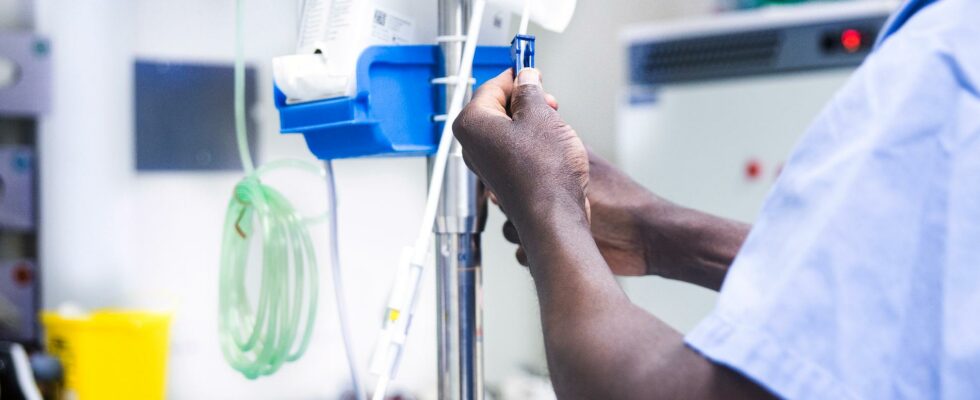Published: Less than 10 min ago
Patients who need care for common diseases such as kidney stones have to wait too long. The reason may be an increased focus on cancer in healthcare, according to a new report.
Scrotal hernia, kidney stones and enlarged prostate. These are examples of common diseases that, although not fatal, can lead to suffering and complications if not treated. But in many parts of the country the wait is long.
– There have been major improvements in cancer healthcare and that is of course great. But we see that patients with other diseases do not get the help they need, says Lotta Renström Koskela, president of the Swedish Urological Association.
She is one of the authors of a new report from regional cancer centers in collaboration that analyzed urological care. The conclusion is that there are limitations in availability and quality within several common diagnoses and it differs depending on where you live.
Important with treatment
Even if it is not a case of fatal diseases, non-appearance or delayed treatment risks leading to negative consequences for the patients. It is about reduced quality of life, anxiety and sick leave.
– The problem is that it is often the same doctor and healthcare staff who perform the type of care that treats urological cancers. Then there will be a competition where not all care can be accommodated, says Lotta Renström Koskela.
For example, it could be men with prostate enlargement who have problems urinating and need a catheter, or pain and infections when kidney and urinary stones are not treated in time.
An example is in the case of prostate enlargement, where the average wait is 183 days, i.e. twice as long as the care guarantee’s 90 days. According to the report, around 2,200 people with prostate enlargement are waiting for treatment.
Prioritized down
Several of the experts interviewed in connection with the report also testify that an increased focus on malignant diseases, i.e. malignant tumors, has led to other conditions being given lower priority.
One example is that the number of patients who received treatment for water-discharge problems, to urinate, has decreased by 45 percent since 2008. Experts state that this is probably not due to fewer people in need of care than before, but has other explanations. That cancer patients are prioritized is a possible explanation.
Within cancer care, people have long worked to shorten waiting times. There are, among other things, care programs and care processes for almost all cancer diagnoses that describe how the patients should be treated and how long it should be between different interventions. These also contribute to making cancer care more equal across the country.
– I think it would be good to have similar care programs for other diagnoses in urology as well. Now we see that the care provided can differ greatly between regions, says Lotta Renström Koskela.
Facts
About the report
The report has been produced by regional cancer centers in collaboration.
As a basis for the report, the authors have used a number of different databases and registers. Among other things Statistics Sweden’s population statistics, the national waiting time database at Sweden’s Municipalities and Regions, the National Board of Health and Welfare’s statistical database for operations in inpatient care and specialized outpatient care and National Quality Register.
Source: The report “National review of urology”.
Read more
